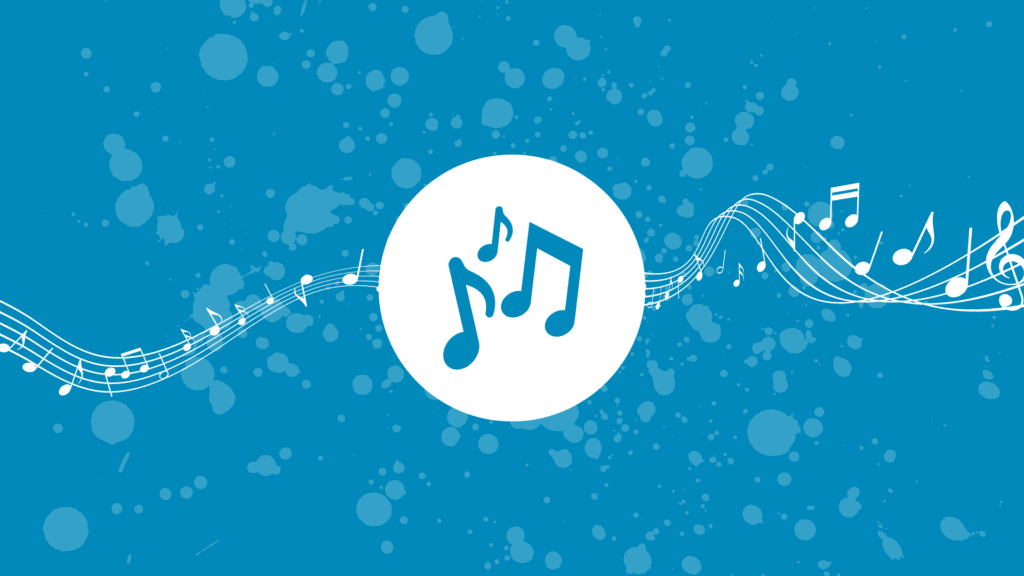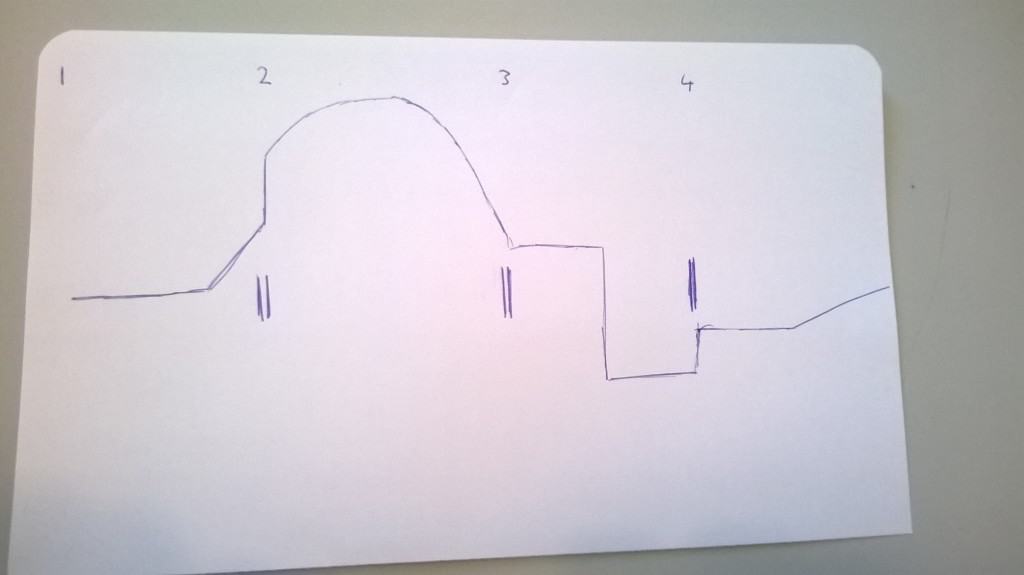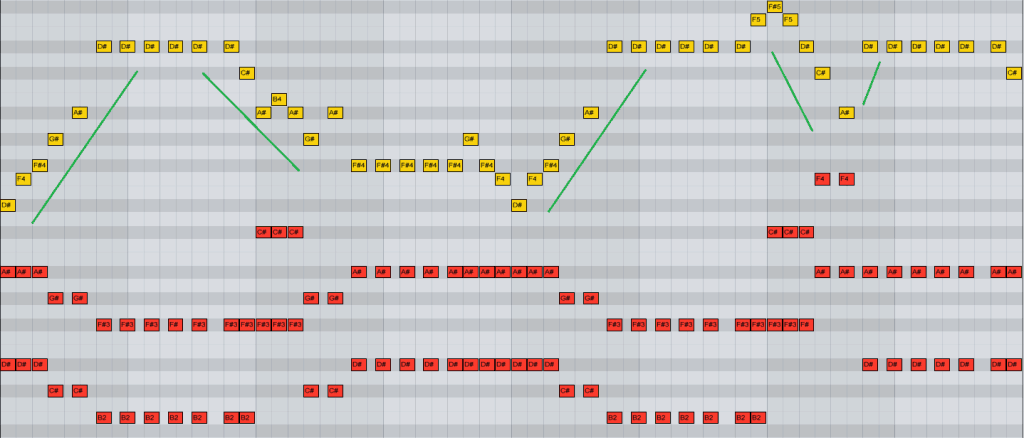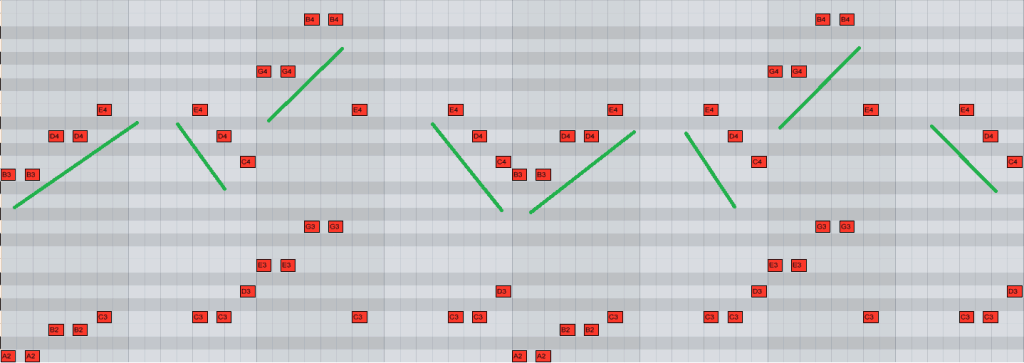We all want to write great-sounding music that people remember, and that starts with melodies.
And while the groove is fundamental in electronic dance music, it isn’t something that sticks in your head.
You don’t hum “groove” while taking your morning shower or driving to work, you hum melody. Melody is what gets stuck in someone’s head.
But melodies are hard to write.
There’s always that feeling that it’s just not good enough. You may feel like all the ones you come up with sound like they’ve been written before. Maybe yours sound horrible and you’re not sure how to improve.
If so, this is the article for you.
This isn’t a theory article, but a basic understanding of music theory will make it easier to follow along.
I’ve also summarized this melody writing process in a free cheat sheet that you can download using the button below (it also comes with bonus MIDI files).
What is the Definition of Melody?
Melody comes from the Greek word melōidía and is defined by a series of notes that are perceived by the listener as a single entity or object.
When somebody listens to a melody, they don’t hear it as just a random combination of notes, they hear it as something. They can point out where it starts and ends, they can remove it from the song and remember it.
The typical listener couldn’t care less about the clap sample you’re using or the bass you spent 20 hours designing in Massive. They care about what they can take away from your music.
What does a melody consist of?
It helps to picture melody as horizontal notation, and harmony as vertical.
A melody is by definition monophonic (meaning one voice), but that doesn’t mean that chord progressions aren’t melodies. By the late 19th century, the top tone of a chord was considered to be part of a melody.
The simple I, IV, V progression in C Major shown below has its own melody.
A melody consists of, or is characterized by a few elements:
- Contour
- Range
- Intervals
- Structure
- Scale
The Contour of a Melody
A memorable melody follows a contour, a line that ascends, descends, arches or dips.
There’s no particular formula. You don’t have to have a contour that rises and then falls, and you don’t need to have a certain number of drops or leaps. It’s completely down to preference.
But you will notice how different contours elicit a different emotional reaction from the listener.
For example: a melody that ascends may sound more uplifting than one that descends.

Understanding Melodic Range
The range is the distance between the highest and lowest note of the melody.
Some melodies occupy a very large range (2 octaves and up) while others have a much smaller range (half an octave).
The range is important to consider when writing a good melody as a wide range will make a melody more difficult to hum, whistle, and remember – whereas a narrow range will have less variation in pitch and won’t sound as interesting.
Melodic Intervals
A melody uses more than one note, so there’ll always be at least one melodic interval.
Does the melody jump up to certain notes? Or does it move up to them incrementally?
It’s handy to know the different intervals and the musical quality they contain.
Melodic Structure
Melodies have structure too. You could have an A and B section to your melody, maybe even a C. Think call and response, up and down, etc.
Scales Sit at the Core of Each Melody
Most melodies are formed from scales. There are numerous types of scales:
- Modal: variable patterns of Major/minor scale. Starting at different points
- Major and minor: makes up the majority of Western music.
- Chromatic: all twelve notes.
- Pentatonic Scale: 5-note scale. Often used in blues and rock.
There are of course others, but I’ll exclude them for sake of popularity and use (especially in EDM).
The Difference Between Motif and Melody
A motif does contain melodic characteristics, but calling it a melody is a little far-fetched.
A melody is the main idea of the track.
A motif or phrase is a short musical idea – it might be a few notes placed in a certain order or rhythm, but it isn’t the main feature.
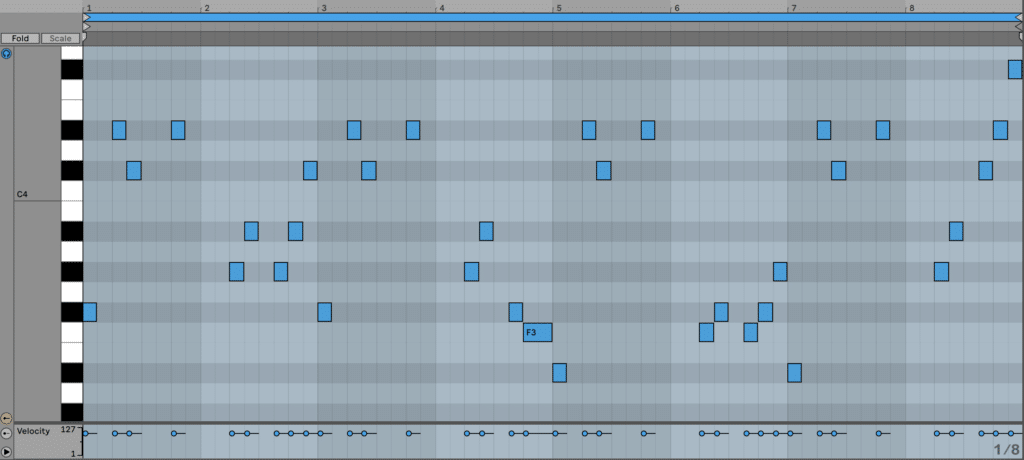
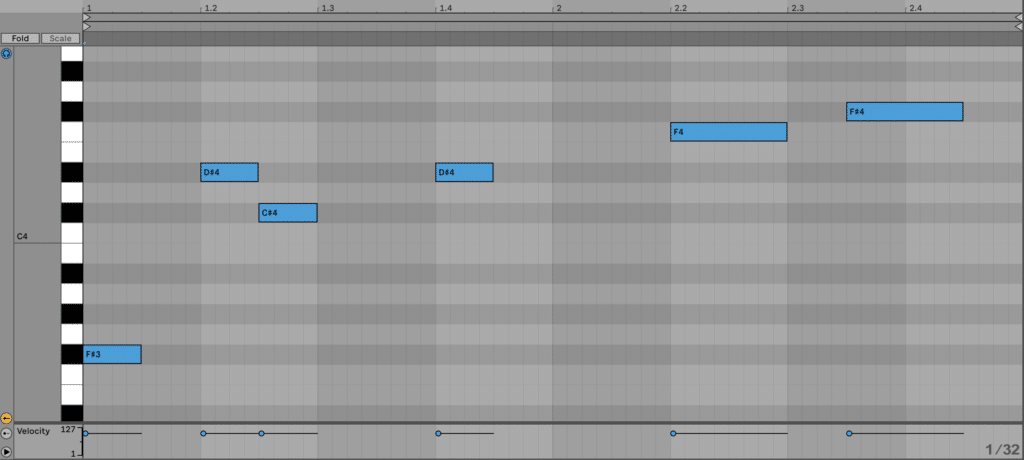
Another characteristic of motifs is that they’re generally repeated. Ideas that play frequently throughout the song and may vary slightly from section to section.
Want to master melody and chord progression writing? Check out Songwriting For Producers.
Three Common Types of Melodies in EDM
There are a ton of different melodic structures in music.
You can arpeggiate a chord and turn it into a melody, you can add notes on top of a pre-existing chord progression, you can use long notes, short notes. The list goes on.
In my opinion, there are three main melody structures in EDM:
Arpeggios (or Arpeggiated Melodies)
A melody where the notes of a chord are played one after the other.
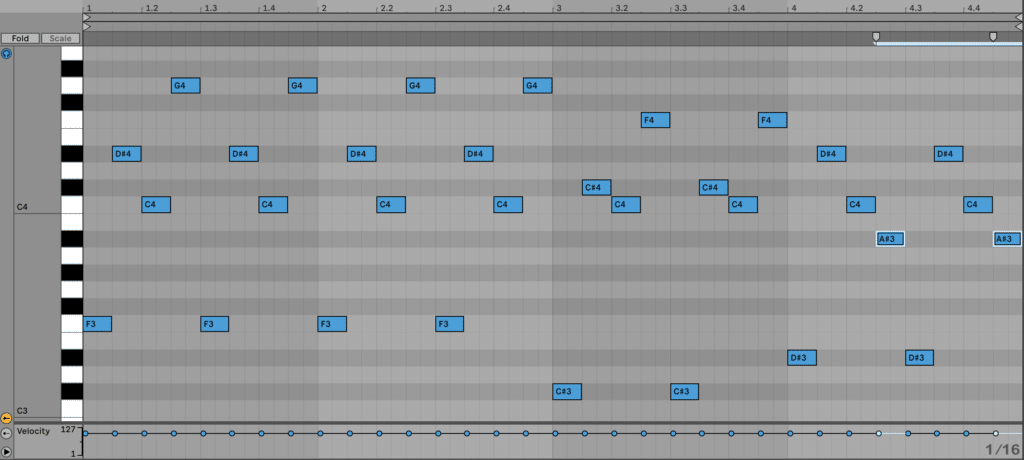
A great example of a arpeggiated melody is Porter Robinson’s ‘Vandalism’.
Chord-based Melodies
Melodies that are played with each chord.
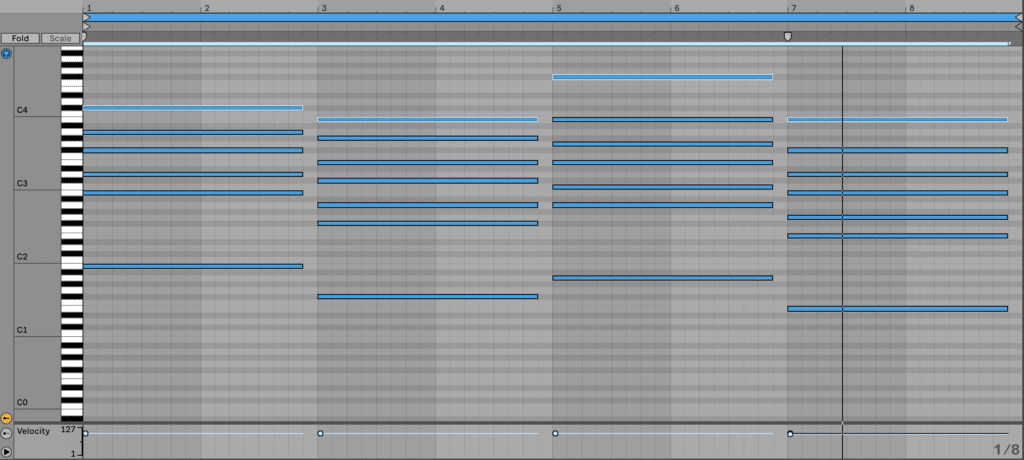
If you want to listen to an example of a chord-based melody, check out deeper styles of electronic music like deep house, which are centered around chords. Folamour – Lost Between Friendly Fires is a great example.
Motif-based Melodies
Melodies that repeat and vary an idea.
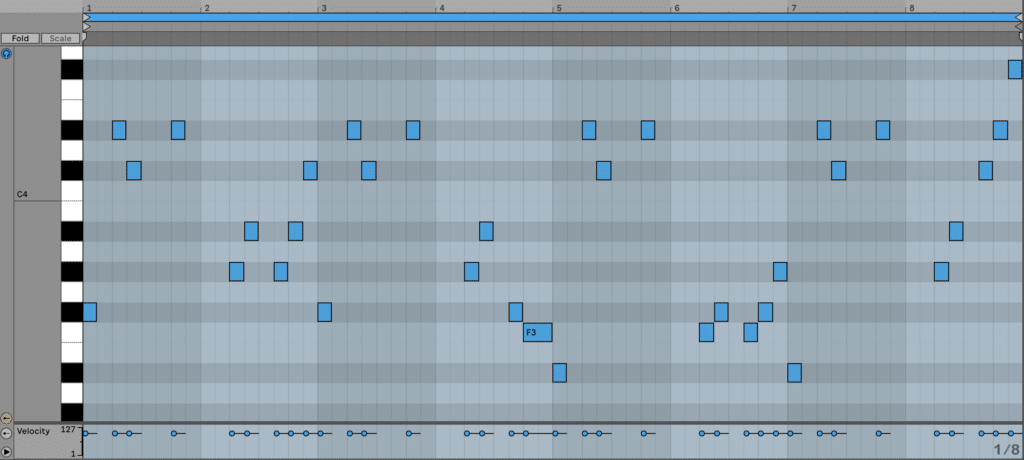
A melody that is motif-based tend to be the most common as they stand out the most. Here’s an example (Sebastian Weikum – It Moves On).
My 5-Step Approach to Creating Memorable Melodies
Now that you know a little theory, it’s time to launch into the practical side of things.
While a melody can be created by randomly plotting in notes, I find it better to use a structure.
Using a structure DOESN’T mean you will suffer from a lack of inspiration or ideas, or that you’re restricting yourself. It means that you’ll be able to create a musical idea more quickly and easily.
1. Choose a Scale
Starting with a scale limits the amount of notes you can use straight away, so you won’t waste time plotting each note by ear or hitting random keys on your keyboard.
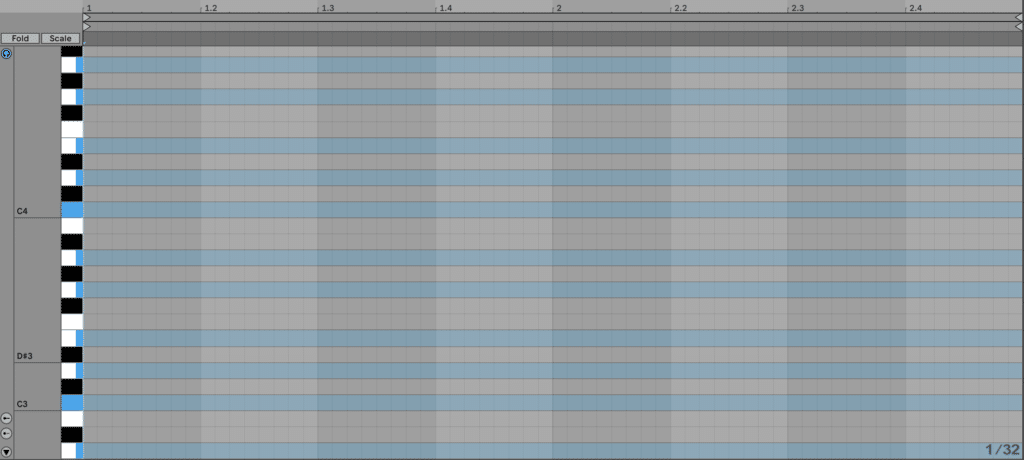
I’ve chosen a C Major pentatonic scale which contains C, D, E, G, and A.
2. Create a Rhythm
After identifying the scale you want to create your melody in, you need to come up with the rhythm for your melody. You see, melody isn’t just a succession of notes. It’s a rhythmic succession of notes. Rhythm is extremely important in melody. Don’t neglect it.
You might want to use a kick drum or a metronome when working on the rhythm for your melody. Here’s how mine sounds so far:
3. Draw a Contour
Now that the rhythm is nailed, it’s time to start sketching the outline of the melody. This is where you have to think! I like to draw one on paper, but you can just paint a mental image in your head if you want to save the trees.
4. Choose/Create a Sound
Whether you want to write your melody before or after sound design is completely up to you.
I prefer to create or choose a sound first as I know having a good sound will influence my writing decisions (certain melodies will work great with a massive trance lead, but not as well with a cheap piano sound).
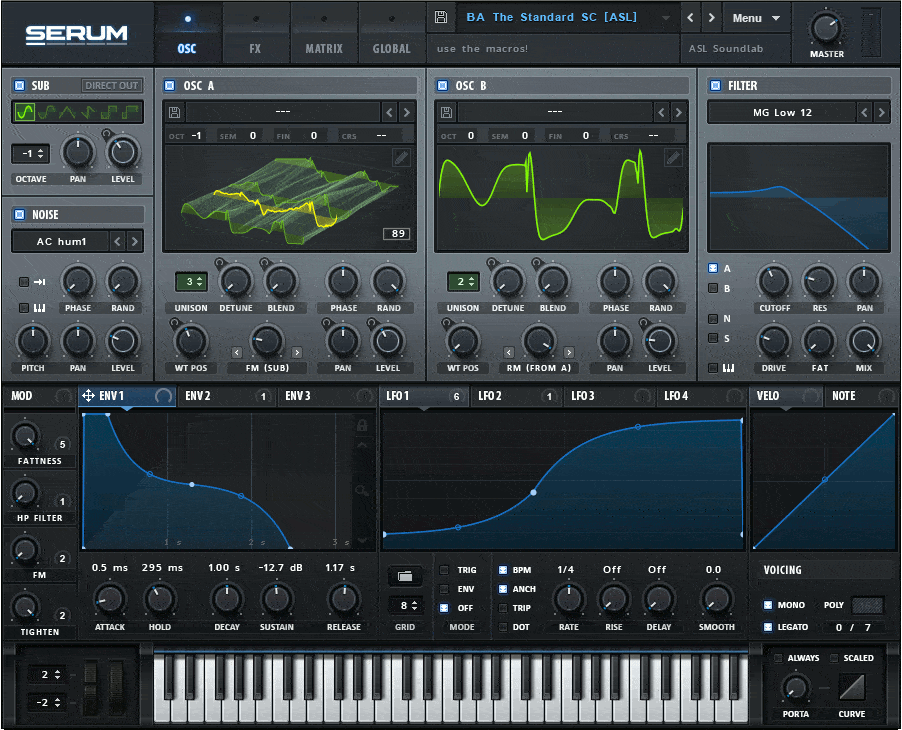
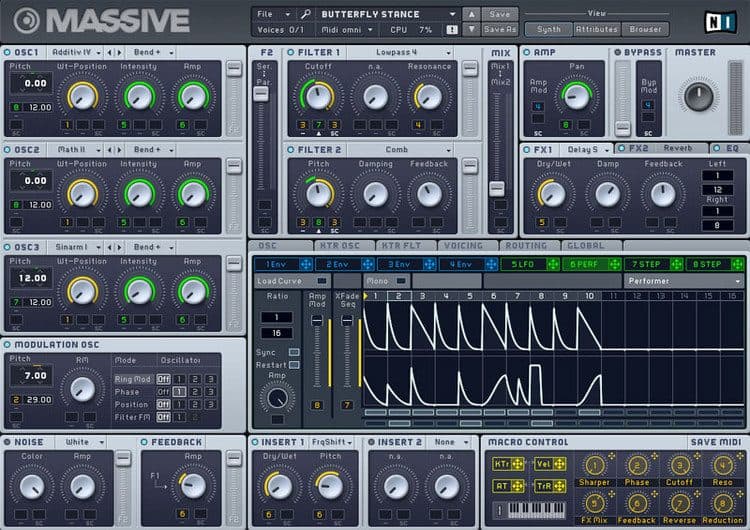
I created a simple pluck sound in NI’s Massive.
5. Create!
At this point it’s time for you to refer back to the contour line you drew (or thought of) and change around some notes until you find something that rings with you. Don’t feel like you have to follow your contour line exactly. If something sounds out of place, fix it.
Adding Flair
The melody is nice, but it isn’t great. After creating something simple, you’ll want to make a few adjustments to add interest and flair. Try adding extra notes and varying note length.
Here’s what it ended up as.
Very… country-like. It lacks depth and power due to only being a single voice. But that’s a basic example of how you can use this structure to create a melody.
Tips
Sometimes it just doesn’t work. Try the following to regain your inspiration and get the right sound:
- Use silence
- Switch the instrument
- Move it up or down an octave
- Delete every second note
If you’re creating a melody from a chord progression then…
- Work with the rhythm of the chord progression (if there is one)
- Have the strong notes of the melody contained within the chord. I.e, if the first chord is a C Major, make the first note of the melody a C, E, or G.
- Pay extra attention to the note before a chord change
Things to avoid:
- Winding on and on. A good melody resolves and repeats itself.
- Too much variation in pitch and rhythm. Consistency is key, keep it simple.
Recommended: 8 Strategies for Making Catchy & Memorable Music
Analyzing 5 Memorable Melodies
One of the best ways to learn is by studying other artist’s work. Let’s deconstruct 5 well-known melodies.
1. Faithless – Insomnia
I had to choose this one, I just did. Insomnia is one of my favorite dance tracks of all time and I’m sure many others would agree with me when I say it’s CATCHY.
Let’s take a listen…
The riff that comes in at 2:18 is simply awesome. It’s euphoric, uplifting, and most of all? It’s memorable.
One thing that stands out about Insomnia is repetition.
There’s an A and B section. The A section (first 4 bars) features a downwards slope from the 1st beat. The B section instead travels upwards from the E to the F-sharp instead of dropping down to the D.
This provides some variation while keeping the overall melody memorable.
2. Paul Van Dyk – For an Angel
Yet another absolute classic. I’m sure you’ve all heard this one. (It’s in 240p so you know it’s old).
Below is the MIDI for the topline melody from this beautiful track.
Notice the difference in range and rhythm compared to Insomnia. This here is an example of how simple melodies can be.
Look at it! Does it look complex? No. It’s straightforward. The rhythm and variation make it memorable.
3. Fisherman and Hawkins – Apache
This melody has been stuck in my head for the past few months. It’s epic and memorable at the same time. You can hear it from 4:00.
Pretty awesome, right? Let’s have a look at it.
Check out the contour on that. What I love about this melody is variation in rhythm, you’ve got this staggering arp-like A section, then a long note followed by the close of the melody in a different rhythm.
4. Basto – Again and Again
I’m sure you’re sick of trance by now, so here’s a different one. One of my favorite tunes from Basto. The main melody can be heard after 0:35.
Ahhh. Ye olde Dancepiano 2k7 (if you made music during Avicii’s golden days, you’ll know what I’m talking about).
Let’s take a look at the MIDI.
That top line seems complex but isn’t in theory.
Basto is simply going up and down the scale before making a large jump on the fourth beat of every odd numbered bar. Notice how the D# is very prominent and drives the melody forward.
5. Calvin Harris – I’m Not Alone
This is one of my all-time favorites. The main melody is based on chords, and gives off a trance feel but acts as a pop song and does it damn well.
As for the MIDI:
There you go!
6 Ways to Find Inspiration for Melodies
Knowing how to write a melody is one thing, but what should you do when you’ve got no ideas? There are three things I do to find inspiration for melodies:
1. Find Contour from Images and Scenery
Some people like having a visual counterpart to audio. I find looking at photos and scenery, even just walking outside can trigger ideas for a melody.
For example, you could extract a melody contour from an object in an image (like I’ve done here).
2. External Noise
The human voice has pitch, birds chirp with a certain pitch. Take time to just listen and find the melodies that are being composed in everyday life. They’re more obvious than you think. Listen out for them in:
- Conversation
- Wildlife
- Machines and vehicles
It sounds cheesy, but give it a go.
3. Finding Rhythm from External Noise
You can find rhythm from external sounds just as you can find pitch. This can be found in conversation, maybe it’s a construction site where something’s being hammered.
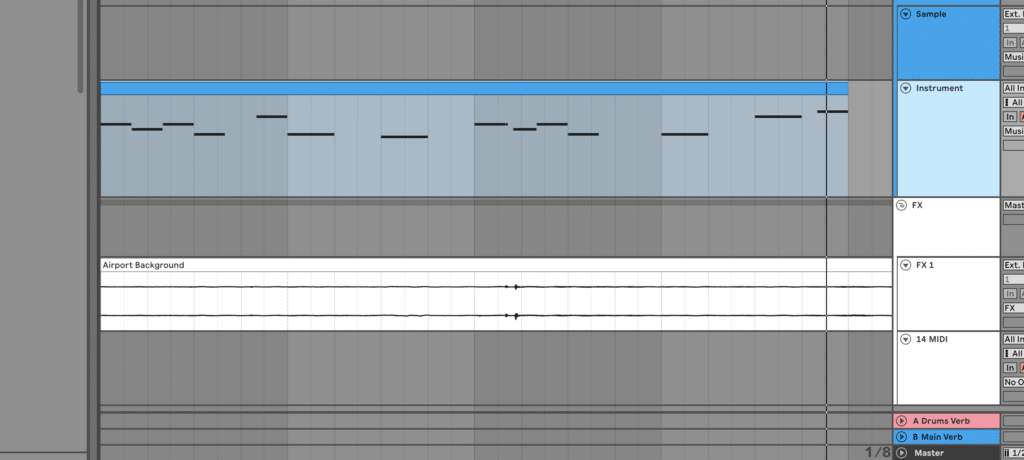
Everything has rhythm, you’ve just got to listen out for it. So you can find contour, pitch, and rhythm from simple things around you. That’s the basis for a melody.
There are endless ideas are at your fingertips! What are you waiting for?
Note: want some foley and noise samples to get inspiration from? Check out our free foley pack.
4. Hum It!
Look, we’re not all great singers. But when we hear music we like, we hum it.
So why not use your mouth to write your own melodies? This is a great way to come up with ones that are sure to be catchy – because if you can sing/hum it, so can everyone else!
Just record your voice and start transcribing it to MIDI. Even if you struggle with hearing pitch, it’s worth it.
5. Jam
Whether you play an instrument or not, simply getting lost in a jam and recording yourself can yield multiple melodic ideas that you’ll find useful.

Doing this on instruments you can’t really play can be fun sometimes, as you’re not bound by certain techniques. I personally love to play melodies on both piano and guitar.
Granted, if you can’t play, 99% of what you output will sound rubbish, but those 1% moments can be golden.
6. Use a Melody Generator
If you started reading this and thought ‘wait isn’t this cheating?’ – then just bear with me.
Melody Generators can be great creative tools to inspire your workflow. They can come up with basic ideas that you can use and transform into something completely new.

There are a few MIDI devices that can do this (Ableton Live has some Max For Live generator devices) but you can also use online tools that generate MIDI files, like this one.
It might feel like you need a degree to use it, but just have fun with it and see what happens.
Here’s a melody I got out of it:
Pretty average overall, but there are some great moments in there I could use and transform into something amazing.
A Final Word
You should now have a better idea of how to go about writing melodies and also finding inspiration for them.
Melody writing will always be a challenge, but it should be enjoyable. Take the knowledge that you have and put some practice in.
Remember, if you want this article in the form of a cheat sheet that you can quickly reference while producing, click the button below 👇

